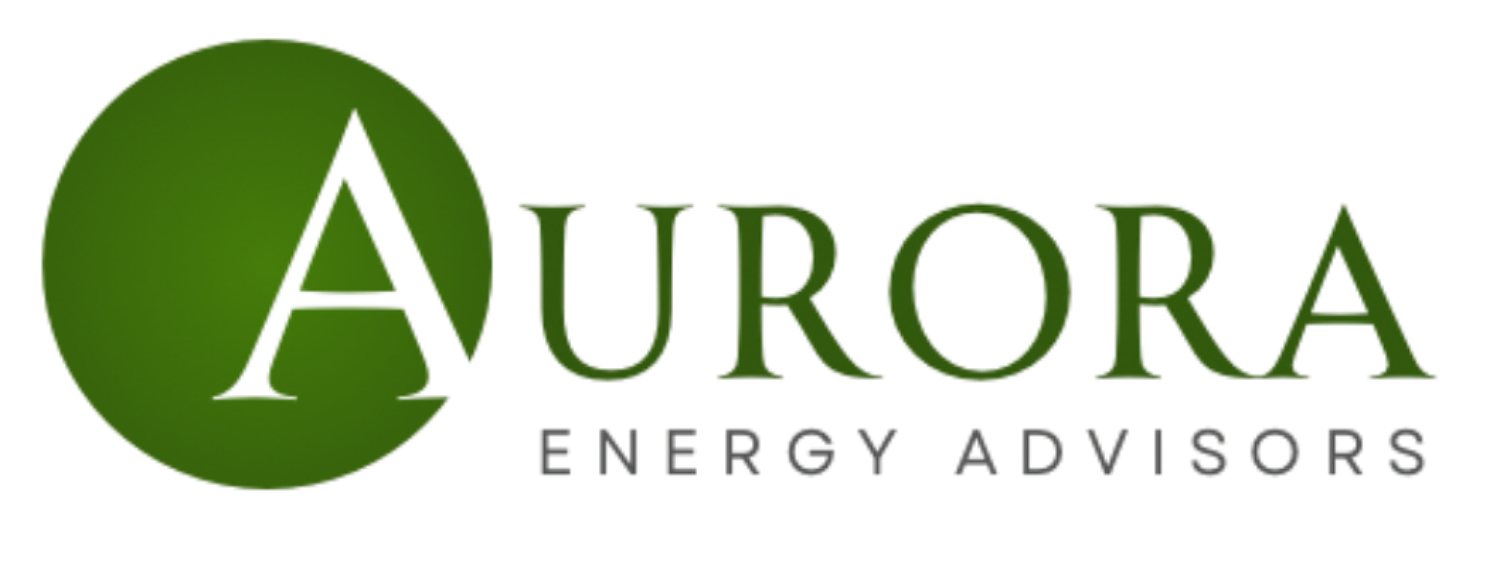Understanding Local Law 97: What It Means for You
It should come as no surprise that Local Law 97 will require New York City buildings over 25,000 square feet to reduce their carbon emissions. A majority of properties will be scrutinized for their energy usage in the calendar year 2024, and if they fail to meet acceptable thresholds, will face significant fines in 2025. Limits will become increasingly stringent in 2030, making it more difficult to achieve compliance. However, not all buildings are created equally, and the most important thing owners and managers can do is to understand when and how to submit their LL97 reports.
Buildings with rent-regulated and/or affordable housing units will be assessed differently from other New York City structures. Their quantities of regulated/affordable units will merit a different compliance process, reporting date, and reporting frequency.
Unlike the rest of the building stock, properties with more than 35% rent-regulated units may take advantage of a Prescriptive Pathway that avoids hefty fines. These properties will receive an exemption if they can prove their current emissions are below the stricter 2030 levels or if they complete a variety of conservation measures. These steps, such as repairing heating system leaks and insulating pipes, must be approved by an engineer and completed before 2025. Because there is an overlap between these measures and those involved in Local Law 87 energy audits, buildings that have recently completed retro-commissioning work will have a head start in the process. Ultimately, the Prescriptive Pathway is a win-win solution for properties to be exempted from LL97 fines and drive cost reductions through improved efficiency.
Local Law 97 reports are treated like tax filings in terms of submission deadlines. For instance, the LL97 report for the energy year 2024 is submitted in 2025, the report for the energy year 2025 is submitted in 2026, etc. Uniquely, buildings following the Prescriptive Pathway only have to submit once. Although other classes of rent-regulated and affordable housing must file annually, their deadlines are deferred.
Needless to say, Local Law 97 has healthy opposition. Under the latest City Council bill, emission thresholds for the year 2024 would be extended through 2031, giving buildings seven more years to comply. LL97 isn’t going anywhere, but efforts will continue to delay implementation and lessen the burden.
This is a summary of our current understanding of the rule as written today. Changes to various reporting requirements are likely over time as the rule is implemented.
If your building qualifies for the Prescriptive Pathway, now is the time to take action. For more information, please contact your account manager directly.
Market Analysis
Electricity
New York City continued to breathe easily in February with unseasonably low wholesale electricity prices. Natural gas is used to generate more than 50% of the state’s electricity, and its declining price has enabled power plants to do their job more affordably. This reality, coupled with mild winter conditions, sent the average daily cost of NYISO Zone J down to $0.027/kWh – a far cry from the double-digit record prices last December.
Natural Gas
No energy commodity endured a greater fall from grace this February than natural gas. Less than six months ago, it was flying high above $9, before warmer temperatures and strong domestic supplies led to 75% price destruction. These conditions have persisted through the current month, and according to market analysts, show no sign of reversing through the first half of 2023. Currently trading near $2.60, U.S. natural gas futures will remain subject to volatility if and when temperatures drop and demand surges.
Crude Oil
Crude oil had a rocky February but refused to throw in the towel. Three days into the month, a chain reaction unfolded: a strong U.S. jobs report set the stage for higher interest rates, which spooked the market with fears of a potential recession, sending oil prices cascading. The commodity climbed from under $73 back above $80 after Russia threatened production cuts in response to Western sanctions. Although inflation woes pushed oil back down to $73, concerns of reduced global supply are still applying upward pressure.
💡 Mitchell’s Tip: Work to reduce your carbon footprint.
